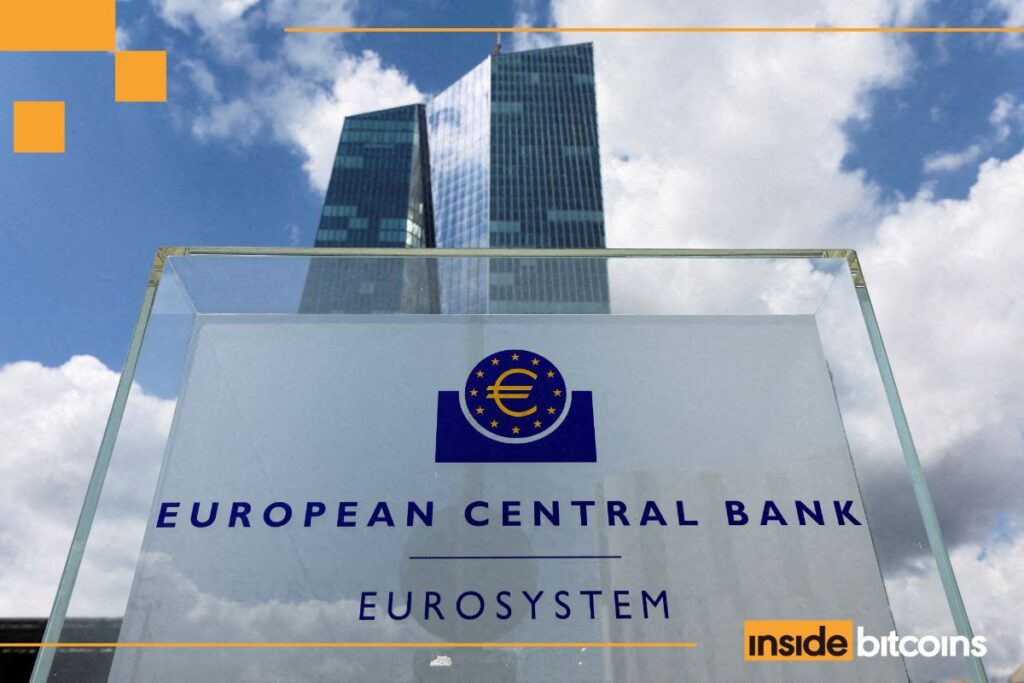Join our Telegram channel to stay up to date with the latest news
Italian banks say they support the European Central Bank’s (ECB) efforts to introduce a “digital euro”, but want the costs of the project to be staggered over time.
“We are in favor of the digital euro because it embodies a concept of digital sovereignty,” Marco Elio Rotttigni, director general of the Italian Banking Association (ABI), said at a press seminar in Florence.
“The costs of the project are, however, very high in the context of the capital expenditure that the banks have to bear,” Rotttigni said, adding that these costs “could be spread out over time”.
The ECB wants to strengthen the monetary sovereignty of the European area
The ECB is working on a digital version of the euro to strengthen the EU’s monetary sovereignty.
With the digital euro project, the ECB is trying to ensure that central bank money remains accessible and relevant in an increasingly digital economy. At the same time, the ECB also wants to reduce dependence on non-European payment service providers in direct response to the rise of stablecoins.
The digital euro would complement banknotes and extend the advantages of cash to the digital sphere. This is important because cash in euros brings us together.
Europeans would have the freedom to use the digital euro for any digital payment, online or offline, throughout the euro… pic.twitter.com/XzNZbl6mD8
– European Central Bank (@ecb) October 31, 2025
However, the legislative process regarding the proposed central bank digital currency (CBDC) has struggled to gain momentum as some German and French banks in particular have opposed the initiative.
They say the digital euro could lead to a massive liquidity drain from bank deposits, as people start using an ECB online wallet for their daily payments.
Recently, the Governing Council of the ECB decided to move the digital euro project to its next phase. This follows the completion of a two-year preparation period.
The launch is expected in 2029 after a pilot phase in 2027, but will depend on the adoption of European legislation expected in 2026, according to the report.
A scaled-down version of the CBDC proposed to speed up deployment
The assessment of the digital euro is led by MEP Fernando Navarrete of Spain’s Partido Popular.
He presented his draft report on October 28 promoting a scaled-down version of the system, which protects private payment initiatives such as Wero.
“We are in favor of a dual approach, a central bank digital currency and commercial bank digital currencies that could develop more quickly, because what Europe should not do is fall behind,” Rottigni said.
US Fed Governor Says US Policy Must Catch Up With Stable Coin Growth
The ECB’s digital euro initiative comes amid a boom in the stablecoin market, sparked by the signing of the GENIUS Act in the United States by President Donald Trump in July.


Stablecoin Market Overview (Source: CoinMarketCap)
The market capitalization of the stablecoin market jumped to $313 billion, according to CoinMarketCap. Tokens pegged to the US dollar, such as Tether’s USDT and Circle’s USDC, dominate the market.
Federal Reserve Governor Stephen Miran warned that widespread adoption of stablecoins would mean policymaking must catch up with rapid market growth.
Related articles:
Best Wallet – Diversify your crypto portfolio
- Easy-to-use, feature-driven crypto wallet
- Get Early Access to Upcoming Token ICOs
- Multi-chain, multi-wallet, non-custodial
- Now on App Store, Google Play
- Stake to win a $BEST native token
- More than 250,000 active users per month
Join our Telegram channel to stay up to date with the latest news




